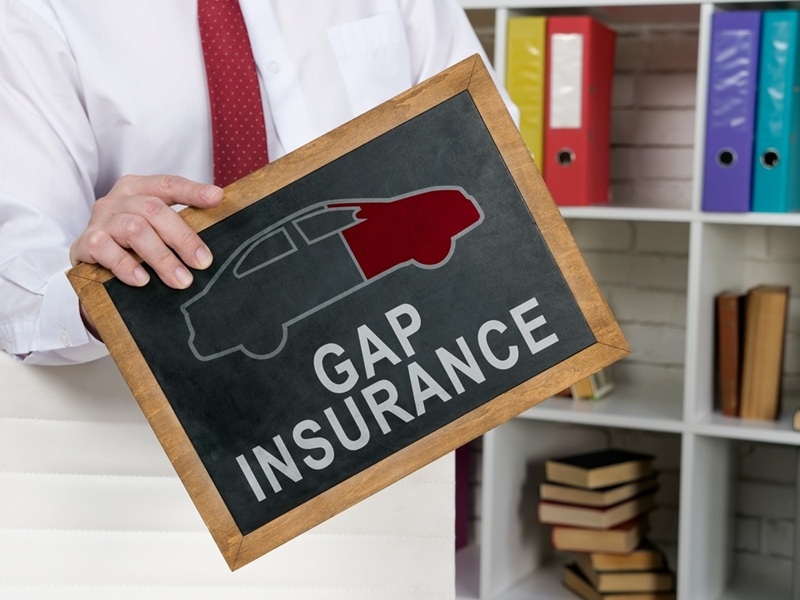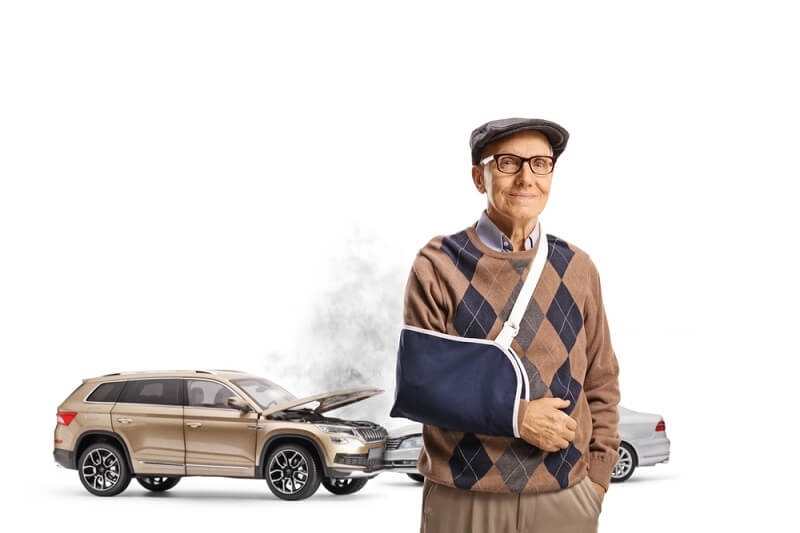Tips To Understanding Car Insurance Coverage Like a Pro
Tips To Understanding Car Insurance Coverage Like a Pro


Are you looking to drive with confidence, but feeling overwhelmed by the complex world of car insurance coverage? Dont worry, youre not alone. Understanding car insurance coverage can be a daunting task, but the good news is, once youve got the basics down, youll be able to make informed decisions about the best coverage for you and your family. This blog post will provide an overview of the different types of car insurance coverage available, so you can feel more confident and secure when you drive.
What is Car Insurance Coverage?
Car insurance coverage is the financial protection you receive in the event of an accident or other vehicle-related incident. Its a way to protect yourself and your assets in the event of a loss or damage to your vehicle. It also provides coverage for medical bills and other costs associated with an accident.
There are several different types of car insurance coverage available. Some of the most common are liability, collision, comprehensive, personal injury protection, medical payments, uninsured/underinsured motorist, and rental car coverage. Each type of coverage is designed to provide a different level of protection in different types of situations.
For example, liability coverage covers the costs of damages or injuries that you may cause to other people or their property in an accident. Collision coverage covers the cost of repairing or replacing your car if its damaged in an accident. Comprehensive coverage covers damage to your car caused by something other than an accident, such as vandalism or theft. Personal injury protection covers medical bills and lost wages for you and your passengers if youre injured in an accident.
What to Look For When Shopping for Car Insurance Coverage
When shopping for car insurance coverage, its important to consider several factors. Start by comparing quotes from different insurers and make sure to read the policy documents carefully to ensure youre getting the coverage you need.
Also, make sure to ask about any discounts or special offers that may be available to you. Many insurers offer discounts for safe drivers, good students, and those who bundle their policies. Ask about these discounts to make sure youre getting the best rate.
Finally, its important to read the fine print of any policy youre considering. Make sure you understand whats covered and whats not. Also, make sure to ask about any exclusions or restrictions, such as age limits or mileage limits.
What Factors Impact Your Car Insurance Coverage?
The amount of car insurance coverage you need will depend on a number of factors. Your age, driving record, and the type of car you drive are all factors that can impact the amount of coverage you need. In addition, the amount of coverage you choose will also impact the cost of your car insurance.
Your age is one of the most important factors that will impact your car insurance coverage. Generally, younger drivers are considered to be higher risk and consequently, they often pay higher premiums for their car insurance coverage.
Your driving record is another important factor to consider when selecting the right car insurance coverage. If you have a history of speeding tickets, DUIs or other traffic violations, you may be considered a higher-risk driver and you may be charged higher premiums for your car insurance coverage.
The type of car you drive is also an important factor that will impact your car insurance coverage. If you drive an older model car, you may be eligible for lower premiums because its less expensive to repair or replace. Conversely, if you drive a newer model car, you may be charged higher premiums because newer cars are more expensive to repair or replace.

What is the Difference Between Full Coverage and Liability Only?
When shopping for car insurance coverage, you may hear the terms full coverage and liability only. Its important to understand the difference between the two.
Full coverage car insurance includes liability coverage, collision coverage, and comprehensive coverage. Liability coverage covers the costs of damages or injuries that you may cause to other people or their property in an accident. Collision coverage covers the cost of repairing or replacing your car if its damaged in an accident. Comprehensive coverage covers damage to your car caused by something other than an accident, such as vandalism or theft.
Liability-only car insurance only includes liability coverage. This means it will only cover the costs of damages or injuries that you may cause to other people or their property in an accident. It does not cover the cost of repairing or replacing your car if its damaged in an accident, nor does it cover damage to your car caused by something other than an accident.
What Additional Coverage Options Are Available?
In addition to the standard car insurance coverage options, there are also some additional coverage options you may want to consider. These include rental car coverage, towing and labor coverage, gap coverage, and roadside assistance coverage.
Rental car coverage can help cover the cost of a rental car if your vehicle is damaged in an accident. Towing and labor coverage can help cover the cost of towing your vehicle if its damaged in an accident. Gap coverage can help cover the difference between the value of your car and the amount you owe on the loan if your car is totaled. Roadside assistance coverage can help cover the cost of towing and other services if your car breaks down.
How to Save Money on Car Insurance Coverage
There are several ways you can save money on car insurance coverage. One of the best ways is to shop around and compare quotes from different insurers. Make sure to ask about any discounts or special offers you may be eligible for.
You can also save money by raising your deductible. A deductible is the amount of money youll have to pay out of pocket before your insurance will cover any costs. By raising your deductible, you can lower your premiums. However, its important to make sure you can afford to pay your deductible in the event of an accident.
Finally, you can save money by taking steps to be a safer driver. By avoiding speeding, not texting while driving, and following all other traffic laws, you can reduce your chances of being involved in an accident and, as a result, lower your car insurance premiums.
How to File a Claim on Your Car Insurance
If youre involved in an accident or experience a vehicle-related incident, youll need to file a claim with your car insurance company. To file a claim, youll need to contact your insurance company and provide them with all the necessary information. This includes the date and time of the incident, the location of the incident, the names of any other parties involved, and a description of the incident.
Youll also need to provide your insurance company with any documentation relevant to the incident. This can include police reports, medical bills, repair estimates, and photos. Once your insurance company has all the necessary information, theyll investigate the claim and determine whether or not theyll cover the costs associated with the incident.

How to Appeal a Denied Car Insurance Claim
If your car insurance claim is denied, you may be able to appeal the decision. To do so, youll need to contact your insurance company and ask for a written explanation of why your claim was denied. Youll also need to provide any additional documentation or information that may support your appeal.
Your insurance company will then review your appeal and make a decision. If they still deny your appeal, you may be able to take legal action by filing a lawsuit against your insurance company. However, its important to consult with a qualified attorney before taking this step.
Final Thoughts
Understanding car insurance coverage can be a daunting task, but its important to make sure you have the right coverage for you and your family. Take the time to shop around and compare quotes from different insurers, and make sure to read the policy documents carefully to ensure youre getting the coverage you need. By taking the time to research and compare car insurance coverage options, youll be able to drive with more confidence, knowing that you have the best coverage for your needs.
This content was created by AI



